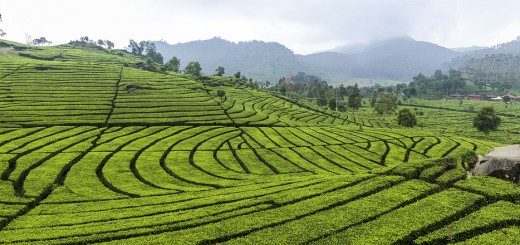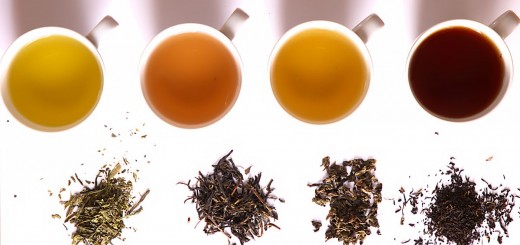Example: Field Study
Field Study Components:
3a) On your website complete the table of your group’s 3 favorite insights from tea tastings done in class during weeks 1, 2, and 5.
**3b) Consider how cafes and tea houses may serve as places to educate tea drinkers about tea terroir. Create a post that includes a table of your group’s 3 favorite tea places that offer customers information related to different aspects of terroir. In your table include: business name, business address, any particular resourceful people, and the aspects of terroir you can learn about at this place. If you choose to include Olympia Coffee Roasters or Batdorf & Bronson (coffee field sites from fall quarter) make certain to identify and distinguish new data related specifically to tea.
NOTE: **3b is to be completed by students NOT participating in the weeks 3 and 4 CA field trip. That is, 3b provides an opportunity for completing the required 40 hours of field work for those doing field study locally during weeks 3 and 4.
3c) Create a 1 (one) minute video of your group savoring tea during a tea field site visit, which might include in your own kitchens. What is tea culture compared and contrasted with our PNW coffee culture? What is your experience of the terroir of tea? One minute of a video addressing some aspect of at least one of these questions MUST be excerpted and posted to your website.
3d) Create a post of the favorite tea-related thing you tasted. Describe what it was in detail. Next, describe WHY this was your favorite taste. To build on Proust’s “The Madeleine” and Zuzuki’s “Zen and the Art of Tea” in The Taste Culture Reader as examples, please describe as precisely as possible where you tasted what and how it tasted and why it was your favorite taste of tea. Proust and Zuzuki’s pieces of highly crafted “tasting” demonstrate possibilities for writing that makes present a key component of taste: the objectivities of human subjectivity (foibles and all). In addition to our seminar text, The Darjeeling Distinction, and its extensive bibliography, here are some electronic resources for learning to taste and to describe the taste of tea:
James Norwood Pratt
http://www.jamesnorwoodpratt.com/members/jnptea
Young Mountain Tea Company
http://www.youngmountaintea.com/
NW Tea Festival
MIro Tea Company
http://mirotea.com/about/our-story/
Serious Eats
http://www.seriouseats.com/2015/03/how-to-taste-tea.html
3e) The Plantation History and Contemporary Business of Tea: In this component provide images and text that demonstrate what you learned during your Olympia tea tasting and seminar work regarding the relationship between the colonial history and contemporary business aspects of tea. In particular, and based on your experience in relation to Beskey’s The Darjeeling Distinction, please address how “terroir” (or components of terroir, such as tea variety, where grown) is/are being used to increase value, establish authenticity, highlight gastronomic pleasure, and a sense of place in relationship to the business aspects of tea within a historical and global context.



